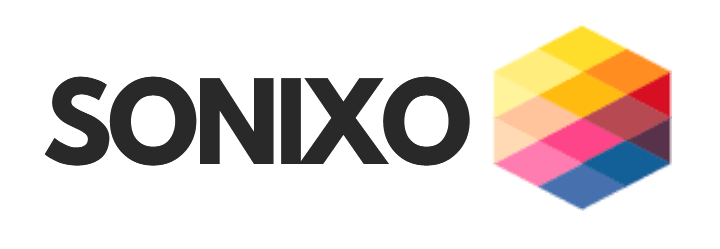Exploring Web Design Trends for 2025
So
The Evolution of User Experience
As we look towards 2025, one of the most significant trends in web design is the continued focus on enhancing user experience (UX). Designers are moving towards creating more intuitive and seamless interactions by minimizing clutter and emphasizing usability. This shift is driven by users' increasing expectation for websites to be not only aesthetically pleasing but also easy to navigate.
One approach gaining traction is the use of personalized content delivery. By leveraging AI and machine learning, websites can adapt their content dynamically based on user behavior and preferences. This personalization ensures that visitors receive relevant information quickly, improving engagement and satisfaction.

Embracing Minimalism
Minimalism is set to become even more prominent in web design in 2025. This design philosophy focuses on simplicity, with clean lines and ample white space, allowing key elements to stand out. By reducing visual noise, minimalistic designs help users focus on essential content and functions.
Designers are also experimenting with bold typography and monochromatic color schemes to create striking yet simple designs. These elements not only enhance readability but also contribute to a modern and sophisticated aesthetic.
Omnichannel Experiences
In 2025, omnichannel experiences will be a game-changer as seamless integration across digital and physical touchpoints becomes essential for customer retention. With rising consumer expectations, businesses must provide frictionless transitions between online stores, mobile apps, social media, and in-person shopping. AI-driven personalization, real-time inventory updates, and flexible fulfillment options like BOPIS (Buy Online, Pick Up In-Store) will enhance convenience and engagement. As e-commerce competition intensifies, brands that deliver a unified, data-driven shopping journey will stand out, driving higher conversion rates, loyalty, and revenue growth.

Advanced Accessibility Features
Ensuring that websites are accessible to all users, including those with disabilities, is more important than ever. By 2025, web design trends will see enhanced accessibility features becoming a standard practice. This includes the use of ARIA landmarks, keyboard-friendly navigation, and audio descriptions.

Designers are also focusing on creating more inclusive color palettes and ensuring text readability for those with visual impairments. These efforts not only comply with legal standards but also demonstrate a commitment to inclusivity.
AI-Driven Design Automation
The use of artificial intelligence in web design is expected to grow significantly by 2025. AI-driven tools can automate various design processes, from layout creation to content generation, saving time and resources for designers.

These tools can also analyze user data to provide insights into user behavior, helping designers make informed decisions about design adjustments. As AI technology continues to evolve, it will play an increasingly crucial role in shaping the future of web design.
Conclusion
The landscape of web design in 2025 will be defined by a blend of technological advancements and a commitment to creating user-centric experiences. As designers embrace new tools and methodologies, websites will become more personalized, immersive, and sustainable. By staying ahead of these trends, businesses can ensure that their digital presence remains relevant and engaging in an ever-evolving digital world.
